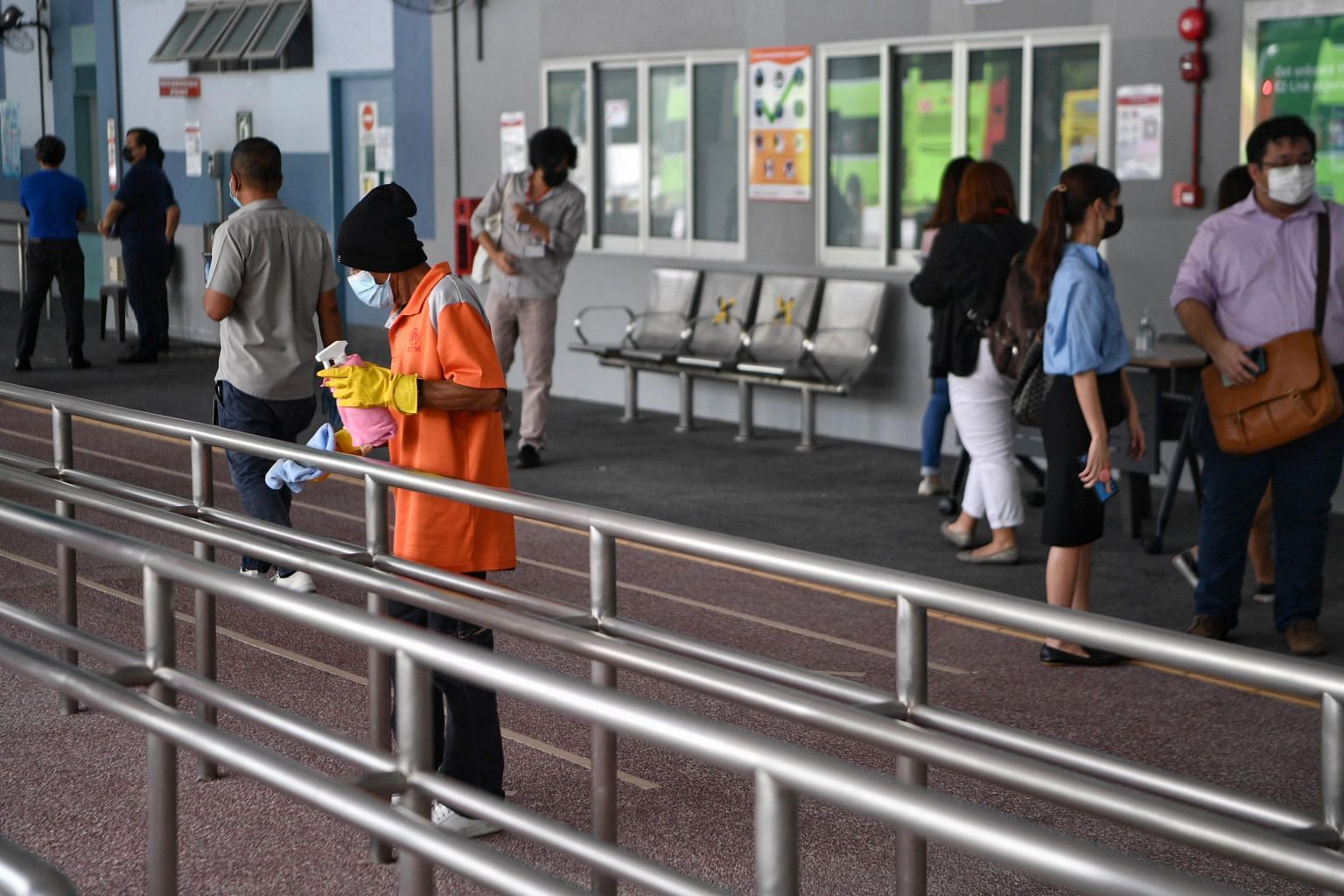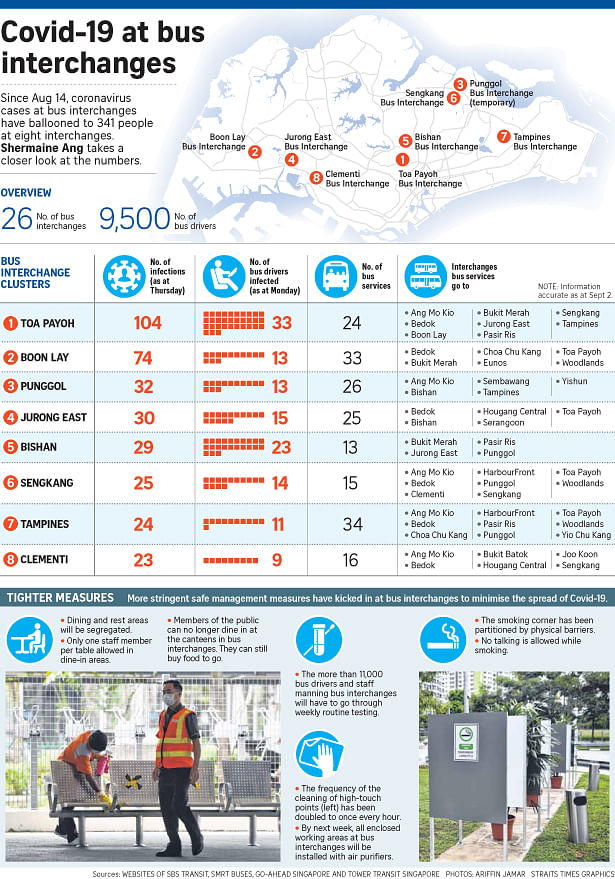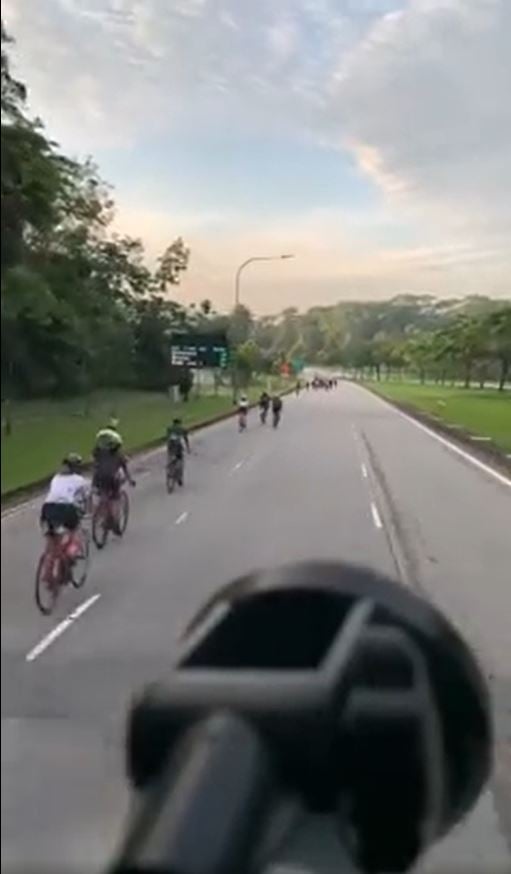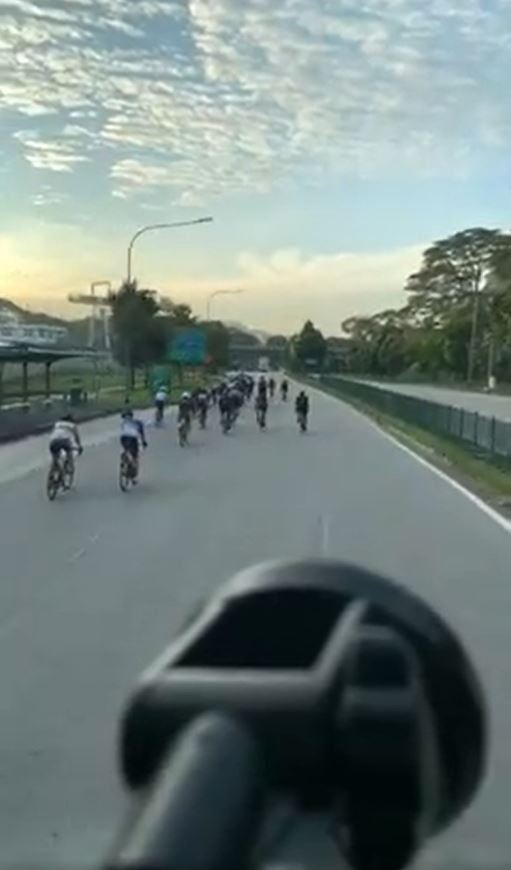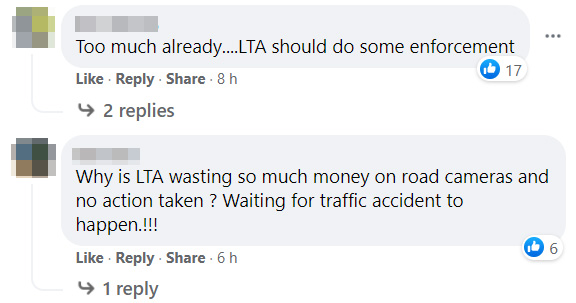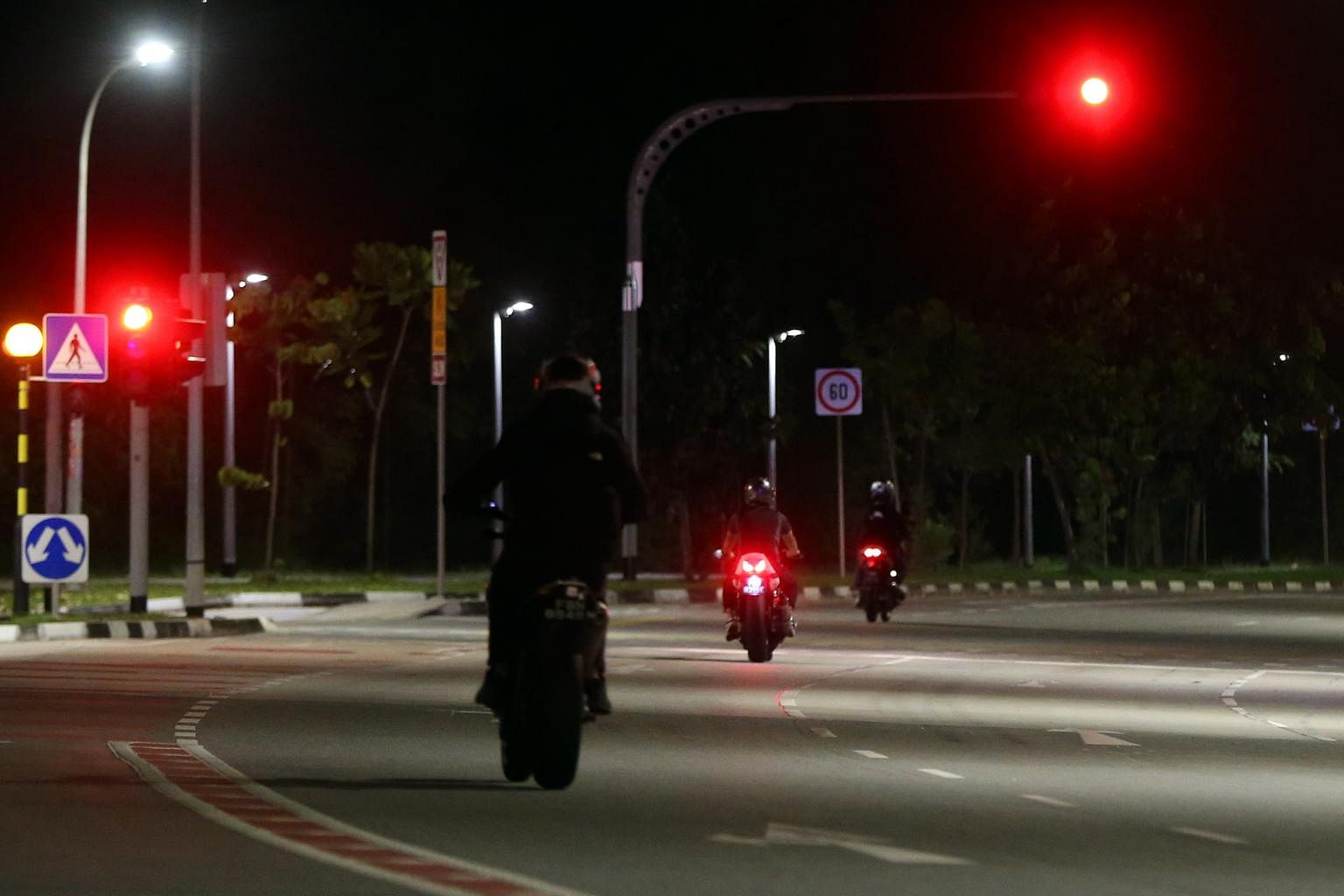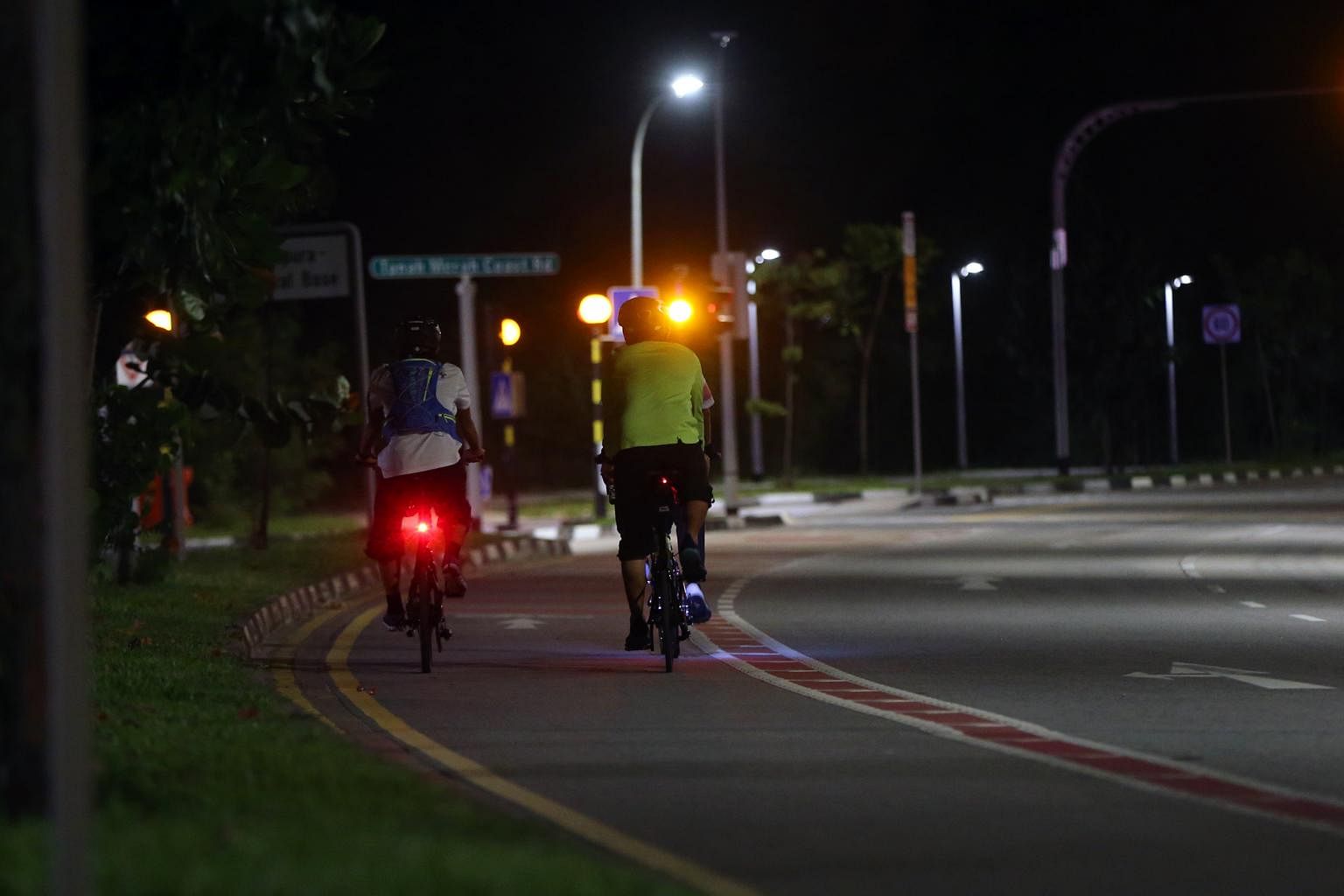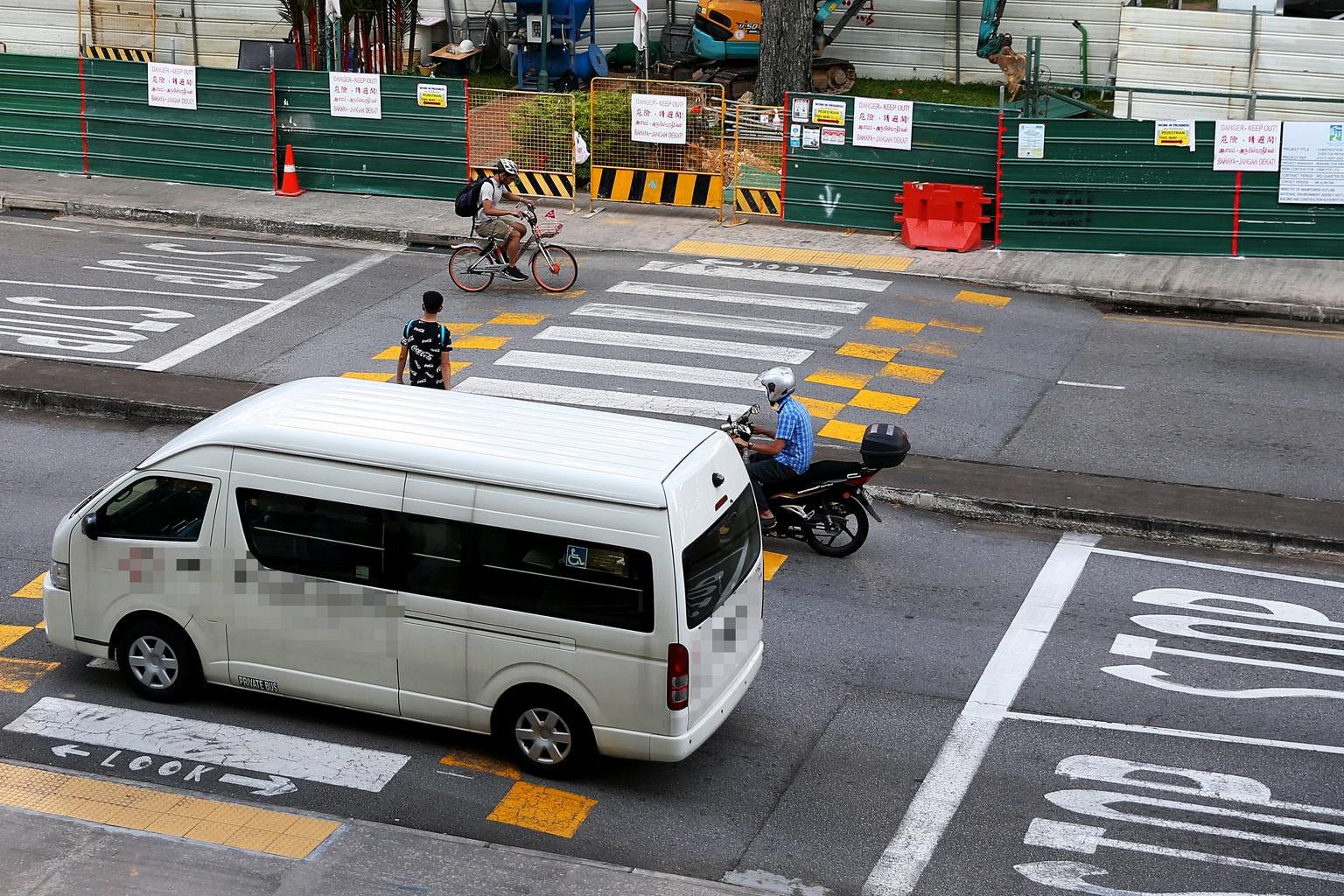Out-of-practice airline pilots are making errors back in the air
Deep cuts by airlines left some 100,000 pilots globally working skeleton hours or on long-term leave.
Oct 15, 2021
SYDNEY (BLOOMBERG) - Back in the cockpit after time off recovering from Covid-19, an airline pilot forgot to start his plane's second engine for takeoff, a mistake that could have ended in disaster if he hadn't aborted the flight.
Another pilot, fresh from a seven-month layoff because of the pandemic and descending to land early in the morning, realised almost too late he hadn't lowered the wheels and pulled out of the approach just 240m from the tarmac.
Weeks earlier, a passenger plane leaving a busy airport headed off in the wrong direction, flown by a captain who was back on deck for the first time in more than six months.
These potentially disastrous errors all took place in the US in recent months as pilots returned to work. In every case, crew blamed their oversight on
a shortage of flying during Covid, the most deadly pandemic since the 1918 influenza outbreak and certainly the only one to have wreaked such havoc on what was a burgeoning global aviation industry.
The incidents are among dozens of mistakes, confidentially declared by out-of-practice pilots since the start of the pandemic, that are stored on a low-profile database designed to identify emerging safety threats.
The monitoring programme, funded by the Federal Aviation Administration (FAA), is decades old but is now flashing warning signs as planes return to the skies across the world.
Deep cuts by airlines left some 100,000 pilots globally working skeleton hours or on long-term leave, according to consulting firm Oliver Wyman. Many haven't flown for more than 18 months.
But as rising vaccination rates allow travel to resume, concerns are growing that a lack of proficiency, confidence, or simply one moment of forgetfulness could lead to tragedy.
"It is really a critical situation," said Mr Uwe Harter, a grounded Airbus SE A380 pilot for Deutsche Lufthansa AG who's also the executive vice-president for technical and safety standards at the International Federation of Air Line Pilots' Associations. "The last thing the industry needs now is a bad accident."
While some airlines are providing pilots with adequate retraining, others are offering "the bare minimum," if anything at all, said Mr Harter, who himself hasn't flown since February 2020. "The regulations that we have aren't sufficient."
It's not as if authorities are blind to this. The International Civil Aviation Organisation (ICAO), which sets industry standards, and the International Air Transport Association (IATA) have seen the risks looming for months. Both bodies, as well as Europe's top aviation regulator, have published detailed training guides to help airlines transition out-of-practice pilots back into the air.
But interviews with pilots from Asia and Europe - and the database of anonymous accounts in the US - reveal varying degrees of ability and confidence among those who have returned to duty, including pilots who have completed retraining programmes.
That's partly because no amount of classroom or virtual theory, or practice in a flight simulator, can replicate the real-life pressures of a cockpit. Nor do these preparations fully take into account the psychological, emotional and financial stresses from the pandemic weighing on airline crew.
Aviation has largely been defined by its colossal financial losses - US$138 billion (S$186.10 billion) last year alone and another US$52 billion expected in 2021 - since Covid brought travel to a standstill.
As the industry tries to claw back some of its lost revenue, managing the safety risks posed by returning pilots is an additional burden and one that airlines with stronger balance sheets have the luxury of handling more proficiently than others.
The scale of the problem is partly documented on the US Aviation Safety Reporting System, the database of safety incidents voluntarily reported by pilots, crew and air-traffic controllers.
The pilot who tried to get airborne on one engine in December last year said in his report that his recovery from a Covid infection was "heavy on my mind" and contributed to his "lack of focus." The ASRS reports don't name the crew, airlines or airports involved.
Flight Safety Foundation, a Virginia-based not-for-profit group that advises the aviation industry, said it's aware of the incidents on the ASRS database and is monitoring the situation globally.
"The more we know about potential safety issues, the better we are able to mitigate the risk," Flight Safety Foundation President and Chief Executive Officer Hassan Shahidi said.
In a line of work where there's little room for professional error, the dangers become stark. While most of the mistakes are minor - they include flying momentarily at the incorrect altitude or speed, or taxiing across a runway in the wrong place - some of the worst aviation disasters are rooted in seemingly inconsequential missteps.
And worryingly, the number of incidents tied to a lack of pilot proficiency climbed almost immediately after the pandemic began to disrupt commercial flying schedules, according to a February study by the Embry-Riddle Aeronautical University in Arizona.
Dr Rajee Olaganathan, an assistant professor at the university, found one such ASRS report in the eight months before March 2020, then 10 in the next eight months. All of them referred to problems landing the aircraft. In one, a pilot described approaching the runway with too much altitude. "I wasn't at the comfort level I would have liked," he wrote.
Dr Olaganathan said her findings show airlines need to educate pilots about skill deterioration and build suitably tailored training programmes. But crew also need to be candid about their abilities.
"Pilots need to make an honest assessment of their skills and confidence upon returning to work," she said in an interview.
The obvious dangers posed by poor pilots, even before Covid, have made the job one of the most strictly controlled on the planet.
United Nations agency ICAO usually requires pilots undergo two proficiency checks every 12 months and perform three takeoffs and landings every 90 days. They're also subject to examinations from doctors specialising in aviation medicine.
When the pandemic began, ICAO allowed airlines flexibility in meeting these rules because the virus was devastating enough, as long as carriers incorporated other safeguards. But with flying on its way back, the Montreal-based agency says it's becoming less lenient.
"There's going to be a point beyond which you can't stretch standards," said Mr Ian Knowles, a technical officer within ICAO's air navigation bureau, which leads the agency's response to crises. "Standards are there for a reason."
Even so, ICAO is still offering 41 exemptions from the standards in 11 countries including Cambodia, Nigeria and Pakistan, according to its website.
Air Niugini in Papua New Guinea, for example, has been allowed to stretch its pilot-proficiency checks to 12-month intervals because Covid restrictions make it difficult to access flight simulators in nearby Australia and Singapore. Pilots at the airline must instead undergo more theoretical and practical training to compensate, details of the exemption show.
Mr Knowles, who was a British Airways pilot before joining ICAO, concedes that just meeting ICAO requirements is no guarantee of performance.
"You could still be needing that extra edge," he said. "There is a certain loss of confidence and ability that comes with even maintaining the very bare minimum."
It's this element of human variation that makes it hard for regulators to get a handle on the risks posed by recently returned pilots, and the many who are yet to make a comeback.
While commercial flying in the US is 17 per cent off normal levels, activity in Western Europe remains down 35 per cent, according to OAG. The shortfalls are even greater in the Middle East, Southern Africa and South-east Asia, where many international borders remain shut.
In interviews, some pilots who have returned to work report a loss of the muscular memory that once helped them follow procedures on the flight deck without pause. Others wonder if they still possess the clear-mindedness to handle a mid-air crisis.
A senior pilot for Qantas Airways Ltd, who spoke on condition of anonymity, said colleagues who haven't flown for six months typically make one or two minor procedural errors on their return.
They might forget to enter data into the flight computer at the appropriate time, or land the plane harder than normal, the pilot said. Actions that were once immediate and instinctive require more time and thought. That's after refresher sessions in a flight simulator, the pilot said.
"If there's an engine failure or a fire, then you have to implement that procedure," said Mr Amit Singh, a former head of pilot training at Indian airline IndiGo who founded not-for-profit organisation Safety Matters. "If you haven't flown for a long time, it may take you a few minutes or seconds extra."
Despite the mistakes made by pilots since the pandemic, IATA, major regulators and some of the largest airlines insist the risks are under control.
"As the crisis has continued, mitigations to risks that emerged over the past 18 months are getting stronger and more robust," IATA's safety director Mark Searle said.
The FAA said in a statement that its "comprehensive data-driven safety oversight system enables the agency to detect risks and address problems early, including any that may result from pilots returning to work after Covid-related furloughs."
And American Airlines Group Inc and Delta Air Lines Inc, two of the biggest US carriers, say their pilot training exceeds regulatory requirements.
The European Union Aviation Safety Agency (EASA), meanwhile, said it had identified "a small number" of incidents potentially linked to pilot proficiency. Although it warned of the dangers when pilots lose even a little flying ability in August, EASA said in a statement it sees no need for further action.
Yet crew who have come back on duty with little recent flying experience have already come close to disaster. In September last year, a Lion Air Group plane carrying 307 passengers veered off the runway after landing at Medan in northern Indonesia. The pilot had flown less than three hours in the previous 90 days. No one was injured and it's true that serious incidents in aviation in general remain very rare.
There was just one major accident for every 5 million jet flights between 2016 and 2020, according to IATA's latest Safety Report.
Evidence, however, suggests more oversight is needed in certain regions. Many of the safeguards against a lack of proficiency, such as rostering more-experienced crew in the cockpit and running additional simulator sessions, represent an additional cost - one that airlines under financial stress may struggle to foot.
Sydney-based Qantas, which has one of the strongest balance sheets of any airline despite the pandemic, dedicated an entire team to addressing pilot rustiness. Staff combed through research on other professions with similar skill sets to pilots and eventually found helpful parallels in surgery.
The research showed that the fine motor skills of surgeons withstood long periods out of theatre. But it was different when surgeons had to complete a list of procedures or apply previously acquired knowledge.
With that evidence, Qantas now puts its Boeing Co 737 pilots through a six-day course before they get back in the sky, and a senior training captain sits in on their initial flights. The airline's A380 pilots have two days of training on the ground and in the simulator every 90 days, even though Qantas hasn't yet resumed flying the enormous jets.
"We realised very early on that we needed to think differently," Qantas Chief Pilot Dick Tobiano said. "The data has shown that our pilots are coming back with the skills and confidence to do their job safely."
At Indonesia's Lion Air, however, a senior captain speaking on condition of anonymity said he's so concerned about his colleagues' flying ability that he's scaled back his own flying hours.
Indonesia has one of the world's poorest safety records with 105 accidents and 2,356 related fatalities, worse than Mexico and Venezuela, Aviation Safety Network data from 1945 through October show.
The captain said he had to take over the controls approaching Semarang's Ahmad Yani International Airport in Central Java during a flight mid last year. The junior pilot flying the plane hadn't worked for three months and failed to notice the aircraft wasn't locked into the airport's landing guidance system. Lion Air didn't respond to a request for comment.
That may sound minor but the number of badly executed landings worldwide - coming in too high and too fast, for instance - almost tripled from pre-pandemic levels to 35 out of every 1,000 by May 2020, according to the UK's own confidential safety incident reporting programme.
It's important because more than half of all fatal commercial-jet accidents from 2011 through 2020 occurred on a plane's final approach to landing or the landing itself, research from Boeing shows. At lower altitudes, pilots have limited height and therefore less time to recover from an error or mechanical failure.
Indeed, some of the errors declared by pilots in the ASRS database have echoes in the most grim airline disasters.
In June last year, a first officer for an airline in the US who hadn't flown in nearly three months forgot to switch on the anti-icing mechanism for the plane's airspeed sensors. In 2009, those same sensors iced up and triggered the crash of Air France Flight 447 on its way to Paris from Rio de Janeiro, killing all 228 people aboard.
The solution, according to Lufthansa pilot Harter, involves going beyond the pre-pandemic standards of pilot proficiency.
Rather than prescribing enough training to meet requirements, airlines and regulators must give crew whatever they need to feel comfortable again, whether that's more time in a simulator or the acknowledgment there may be a mental component that extra rules can't always adequately address.
"That's the way forward," he said. "And that's not written in any regulation."








